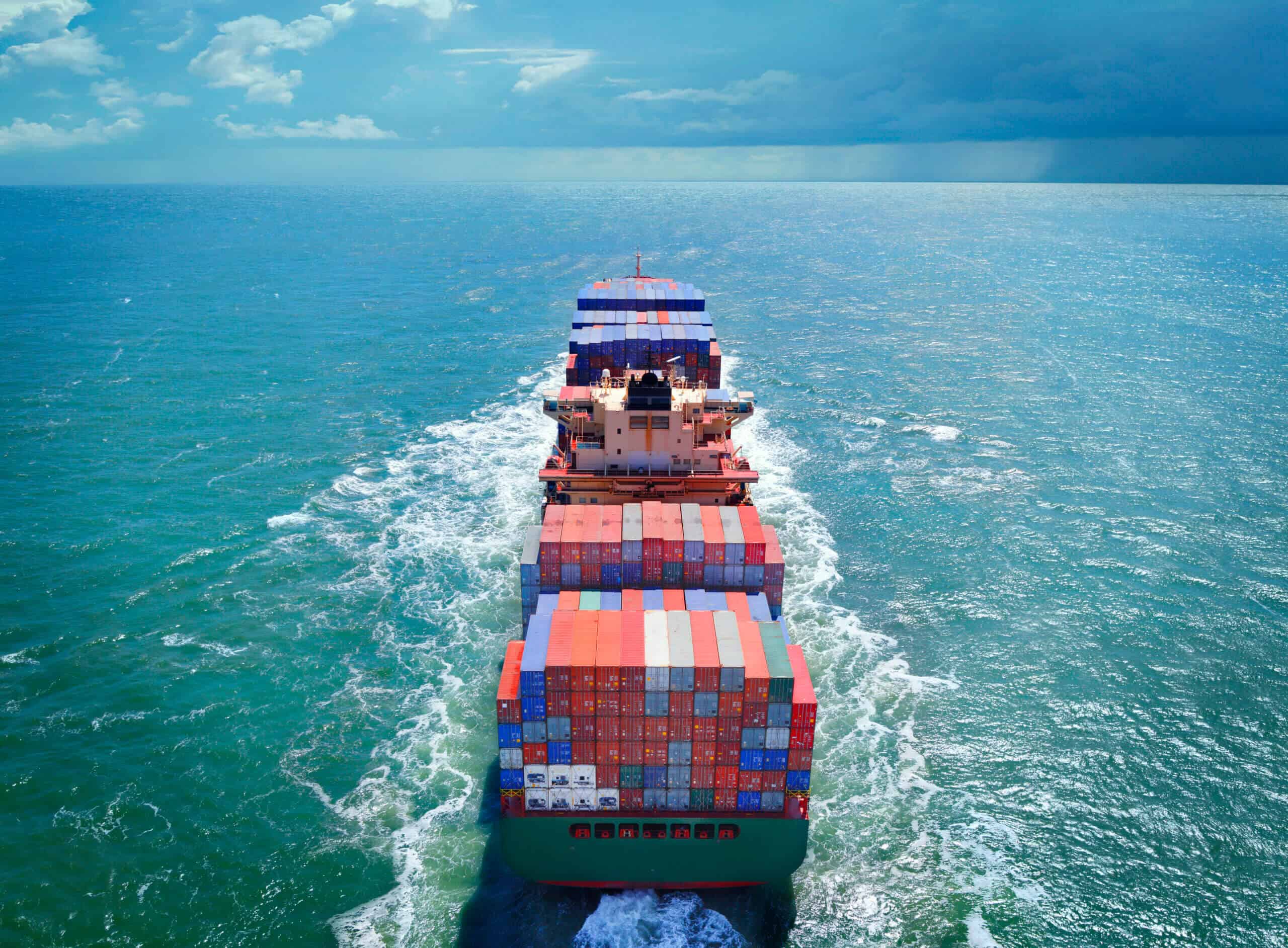
Ecosystems are trending in the business world—but when should your company jump in? And what does ecosystem readiness really mean?
What is a channel partner ecosystem?
A channel partner ecosystem goes beyond the traditional definition of “channel.” Historically, channels referred to entities that sold a company’s products or services directly to customers or other businesses—sometimes adding value along the way.
Today, the channel ecosystem includes a broader network of players who may not sell your products but influence buying decisions or support post-sale retention. This is especially critical for subscription-based models. (For more details on the rise of ecosystems, see my blog post, “The Ages of Channels”).
Why ecosystems matter now
Influencers have always existed—think product placements in movies or endorsements like “by royal appointment.” Quality, service, and support have always driven repeat purchases.
What’s new? Companies now recognize that managing every interaction and every party connected to a sale can increase reach, revenue, and customer loyalty. The difference is a programmatic approach to ecosystem management.
A newer, streamlined channel partner ecosystem approach
Building a modern ecosystem requires two key components:
- Programmatic changes
- Adapt partner programs
- Define new segmentation and tiering models
- Track KPIs aligned to partner roles
- Offer benefits that fit partner business model
- Technology infrastructure
- Handle growing data volumes
- Support complex use cases
- Enable cross-enterprise processes
The white paper, Enabling Holistic Channel Management: A Technology Guide, provides comprehensive guidance for vendors looking to build out their infrastructure to support their modern partner programs.
Gaining channel partner buy-in
Success depends on partner trust and readiness. Two essentials:
- Clear communication of benefits
- Technical capability to share data easily
Your ecosystem readiness isn’t just about programs and technology—it’s about ensuring partners are ready too.
For details about becoming ecosystem-ready, download the whitepaper “Adapting Channels to the New Ecosystem Economy.”





